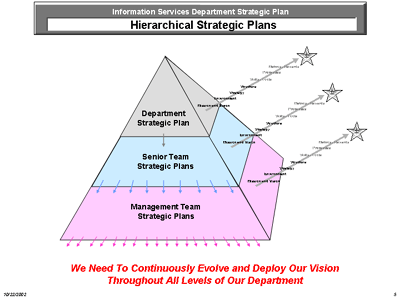 |
|
| What We Do | What We Have Done |
Case Studies | Why LimNorris? | Company Info | FAQ | Contact Us |
The Scenario: e-Business!
E-business was revolutionizing our client's industry. Low priced e-commerce and portal sites threatened to bypass the traditional sales relationship. Instead of being threatened by the change, our client decided to utilize e-business to continue their market leadership. Within a year they wanted to have an e-commerce site to attract new small customers and an e-care site to retain existing large customers.

The Challenge: Changing people, process, and technology
E-business changed the fundamental role of the IT Department. E-commerce and e-care sites would expose external customers to IT systems for the first time. Problems with stability, usability, or functionality could no longer be tolerated because of their impact to customer revenue and profit. The IT Department had to completely rethink its plans for people, process, and technology.
- Technology - Packaged software on UNIX client/server infrastructure supplanted custom programs on a Mainframe as the "platform of choice".
- Process - The mantra for e-business was, "faster, faster, and faster!" Web site functionality was expected to continually improve. The change management process for back office Mainframe systems appeared too slow and bureaucratic.
- People - Integrating and configuring applications required different skills than coding applications. Business analysts, testers, project managers, and JAVA programmers were needed. COBOL programmers were not.
Short term the IT Department needed to outsource e-business development because it lacked the skills, process, and technology. Long term, however, the e-business architecture was expected to become the platform of choice so the Department needed to have personnel to maintain it.
The Department's challenge was to meet the short term e-business needs while preparing the organization for the long term. Earnings per share had declined so requests to add positions would be challenged.
The Approach: A hierarchical strategic planning process
LimNorris Consulting Group led and facilitated the overall planning process. On one hand, the IT Department needed to set a top-down direction on how all IT teams should support the company's e-business initiative. On the other hand, each IT team had to determine from a bottoms-up perspective how to migrate its skills, processes, and technologies to e-business. To meet both needs, we used a concurrent top-down, bottoms-up approach.
The VP of IT and his functional managers worked on the department's top-down strategic plan. They identified critical missing skills, processes, and technologies from a department perspective. Then they determined which could be developed internally and which should be hired or purchased from the outside.
At the same time, each of the functional managers (applications, infrastructure, project management, and support) worked with their technical leads to develop the bottoms-up plan for each group. They identified missing skills and technologies at a detailed level.
LimNorris worked with functional managers and leads to rationalize differences between top-down and bottoms-up plans.
The Result: CFO approved funding to implement IT strategic plan

The two e-business sites were completed on schedule. A global system integration firm developed the site with active participation by IT personnel. The firm's deliverables included a technology transfer at the end of the project to ensure IT could provide on-going support and maintenance.
Strategic plans were developed at each level of the organization. Altogether the department needed nine new positions to fill critical skill gaps. After reviewing the IT department's strategic plan, the Chief Financial Officer approved the additional positions.
|
Copyright 2002 Lim, Norris & Associates, Inc. All rights reserved.
|
|||||||||||||||||